What’s Irish Dancing?
It Is Not Just About Wigs and Sparkly Dresses
March 12, 2019
Many people believe that Irish Dancing doesn’t seem that difficult. They think it just requires some fast feet and fancy footwork. Or they believe that Irish dancing lacks fitness components. Or that it doesn’t require a lot of time and effort. Or is not a sport.
There’s a lot people don’t know about it.
Michael Boyle, co-owner of and teacher at the Dunleavy Boyle Bremer Academy in Hanover, said that, “The top dancers need to be at an amazing fitness level, if they want to get the top spots at competitions.”
Irish dancing requires a lot of core, leg, and upper body strength to make the dance look effortless. The judges rank this component high in competitions. The dancers also have to look as amazing as their dancing, with high priced wigs, dresses, vests for boys, and shoes.
At an Irish dance competition, there are three dances that an advanced dancer performs on a stage: two are in hard shoes and one is in the light shoes. Hard shoe dances are longer and require lots of stamina, perfect footwork, and the ability to be flexible and loud to get the judge’s attention.
Light shoe dances are usually shorter, but pack a lot of punch with the high jumps and kicks. This movement takes lots of hours of practice. Dancers spend many hours of their life devoted to dance. They work on stretching and exercising, building core and leg strength to keep their muscles strong and to make sure their dances are the best they can be. A dancer’s strong muscles don’t just come naturally to them.
Dancers spend nights at the studio for 2 or more hours, and some dancers attend the studio six days a week! Rachael Reynolds, an Irish dancer and New England Regional Champion who is ranked 14th in the world and 3rd in the nation said, “I do sit-ups lunges, calf raises, jump rope, run, and much more. I also stretch my hamstrings and quads before and after dance to improve flexibility and prevent injury.”
The sport also costs a lot of money. World renown dancers like Reynolds, as well as Josie McClory from the Dunleavy Boyle Bremer Academy in Hanover, pay around $2,000 for their dresses and around $100 for shoes, wigs and hair pieces each. Even though the sport costs a lot of money it’s not all about the bling. It is about trying to perfect the dance.
So the next time when you think of the life of an Irish dancer as easy, think twice.
Happy Saint Patrick’s Day!

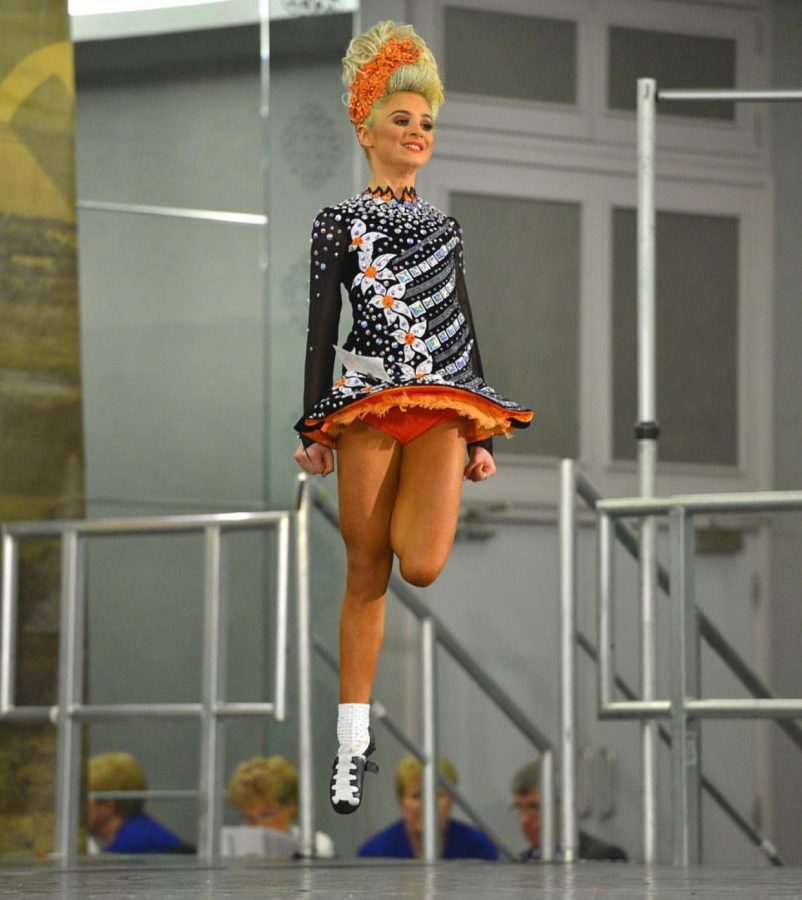
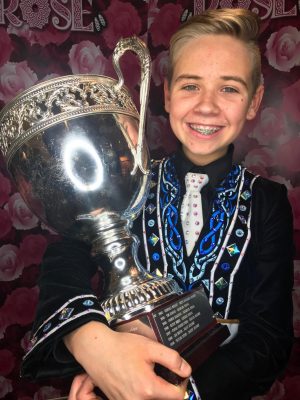
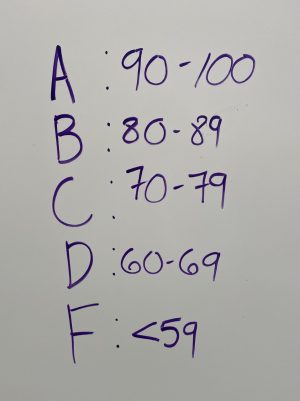
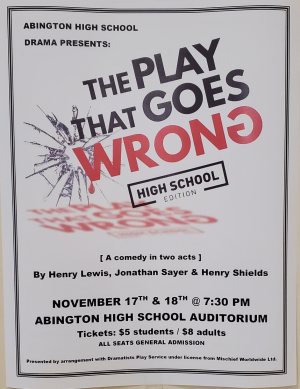

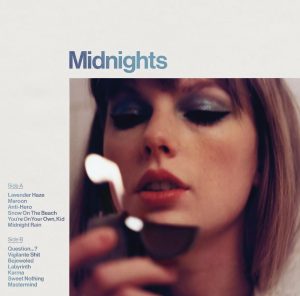
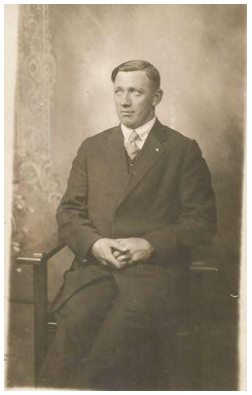

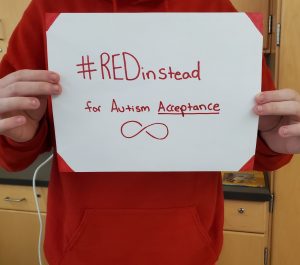
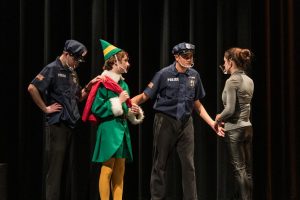
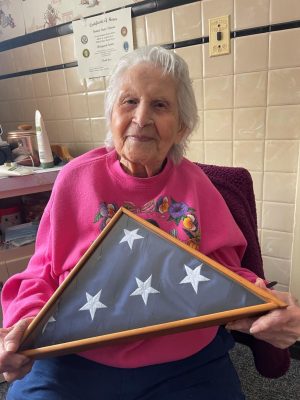
Marilyn Weber • Mar 4, 2021 at 9:50 AM
I’ve always loved to watch and have so admired Irish step dancing/dancers. Nice to have the background info! Happy St. Patrick’s Day to those who celebrate ?